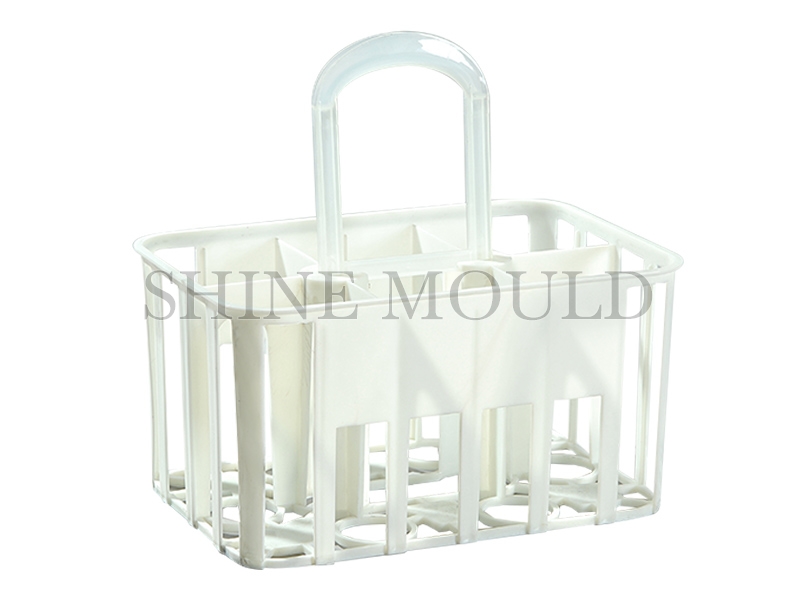The Evolution of Plastic Mould Packaging: Materials and Techniques
Wholesale Plastic Mould Packaging Producer
Plastic mould packaging has become an essential component in various industries, providing efficient and effective solutions for product containment and protection. The choice of materials used in plastic mould packaging is critical, as it directly impacts the durability, functionality, and sustainability of the packaging. Common materials such as polyethylene and polypropylene are widely utilized due to their unique properties, making them suitable for a range of applications. Understanding these materials and the technologies involved in plastic mould packaging is vital for manufacturers aiming to optimize their packaging solutions.
Polyethylene is one of the commonly used materials in plastic mould packaging. Known for its flexibility and resistance to moisture, polyethylene is ideal for creating bags, wraps, and containers that require a lightweight yet durable solution. Its chemical resistance makes it suitable for packaging food products, as it helps maintain freshness and prevents contamination. Additionally, polyethylene can be produced in various densities, allowing manufacturers to choose the right type for their specific needs. Low-density polyethylene (LDPE) is often used for flexible packaging, while high-density polyethylene (HDPE) is preferred for more rigid applications.
Another popular material in plastic mould packaging is polypropylene. This thermoplastic polymer is known for its strength and clarity, making it a good choice for packaging applications that require visibility and durability. Polypropylene is often used in the production of containers, lids, and trays, particularly in the food and cosmetic industries. Its resistance to fatigue and ability to withstand high temperatures make it suitable for microwaveable containers, providing convenience for consumers. Furthermore, polypropylene can be easily molded into complex shapes, allowing for innovative packaging designs that enhance product appeal.
The technologies employed in plastic mould packaging play a significant role in determining the efficiency and effectiveness of the final product. One of the widely used techniques is injection moulding. This process involves injecting molten plastic into a mould cavity, where it cools and solidifies into the desired shape. Injection moulding is highly efficient for producing large quantities of uniform products, making it ideal for packaging applications. The precision of this technique ensures that the packaging fits the product perfectly, reducing the risk of damage during transportation and storage.
Another important technique is thermoforming, which involves heating a plastic sheet until it becomes pliable and then forming it over a mould. This method is commonly used for creating trays, clamshells, and blisters. Thermoforming allows for rapid production and is particularly effective for packaging items that require a clear view, such as consumer electronics and food products. The ability to create lightweight yet sturdy packaging makes thermoforming a popular choice among manufacturers.
Blow moulding is another technique used in plastic mould packaging, particularly for creating hollow containers such as bottles. In this process, a plastic tube is heated and inflated within a mould to form the desired shape. Blow moulding is highly efficient for producing large volumes of containers with consistent quality. This method is widely used in the beverage industry, where plastic bottles are essential for packaging soft drinks, water, and other liquids.
As sustainability becomes a growing concern, the plastic mould packaging industry is also exploring eco-friendly alternatives. Biodegradable plastics and recycled materials are gaining traction as manufacturers seek to reduce their environmental impact. Innovations in material science are contributing to the development of packaging solutions that maintain the performance characteristics of traditional plastics while being more environmentally friendly. This shift not only meets consumer demand for sustainable products but also aligns with regulatory pressures for reduced plastic waste.
In conclusion, plastic mould packaging is a dynamic field that relies on a variety of materials and technologies to meet the diverse needs of industries. The use of polyethylene and polypropylene provides manufacturers with versatile options for creating durable and functional packaging solutions. Techniques such as injection moulding, thermoforming, and blow moulding enhance the efficiency and effectiveness of production processes, ensuring that products are well-protected and visually appealing. As the industry continues to evolve, the focus on sustainability will drive further innovations in materials and methods, shaping the future of plastic mould packaging. By understanding the intricacies of these materials and technologies, manufacturers can better navigate the challenges and opportunities within the packaging landscape, ultimately delivering solutions that meet both consumer expectations and environmental responsibilities.




 Search...
Search... English
English







